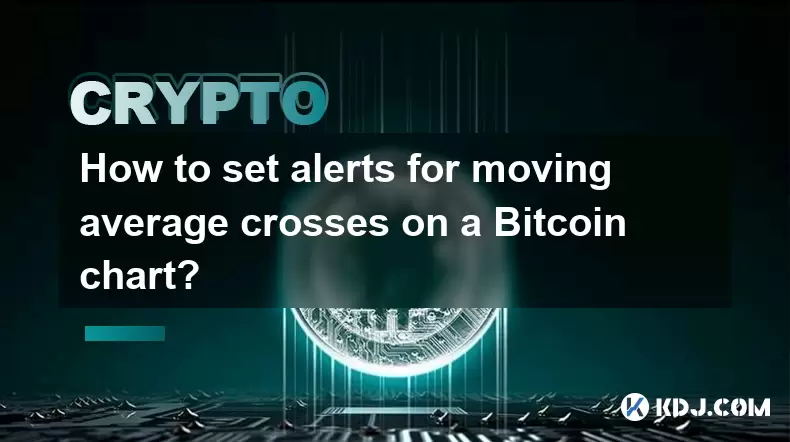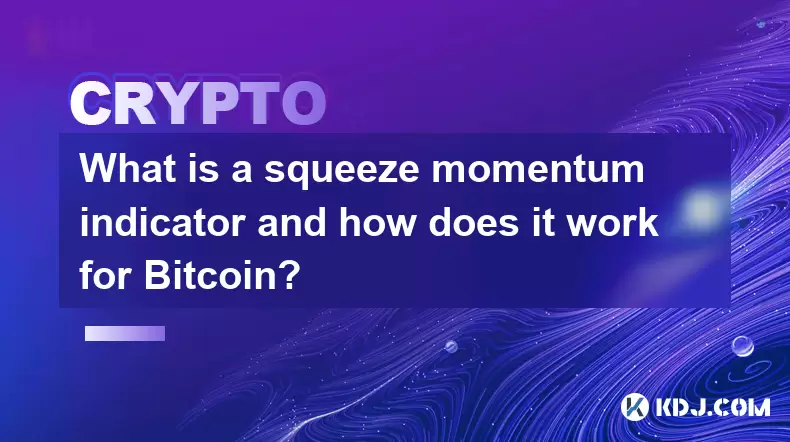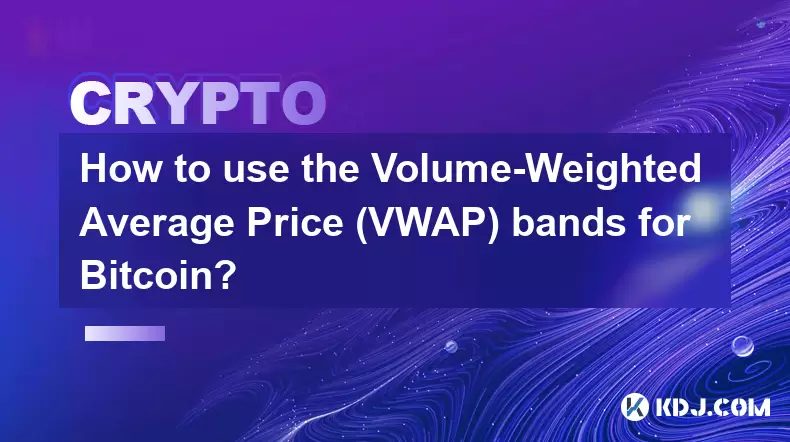-
 Bitcoin
Bitcoin $108,017.2353
-0.81% -
 Ethereum
Ethereum $2,512.4118
-1.58% -
 Tether USDt
Tether USDt $1.0002
-0.03% -
 XRP
XRP $2.2174
-1.03% -
 BNB
BNB $654.8304
-0.79% -
 Solana
Solana $147.9384
-1.76% -
 USDC
USDC $1.0000
-0.01% -
 TRON
TRON $0.2841
-0.76% -
 Dogecoin
Dogecoin $0.1636
-2.09% -
 Cardano
Cardano $0.5726
-1.72% -
 Hyperliquid
Hyperliquid $39.1934
1.09% -
 Sui
Sui $2.9091
-0.59% -
 Bitcoin Cash
Bitcoin Cash $482.1305
0.00% -
 Chainlink
Chainlink $13.1729
-1.54% -
 UNUS SED LEO
UNUS SED LEO $9.0243
-0.18% -
 Avalanche
Avalanche $17.8018
-1.90% -
 Stellar
Stellar $0.2363
-1.69% -
 Toncoin
Toncoin $2.7388
-3.03% -
 Shiba Inu
Shiba Inu $0.0...01141
-1.71% -
 Litecoin
Litecoin $86.3646
-1.98% -
 Hedera
Hedera $0.1546
-0.80% -
 Monero
Monero $311.8554
-1.96% -
 Dai
Dai $1.0000
-0.01% -
 Polkadot
Polkadot $3.3473
-2.69% -
 Ethena USDe
Ethena USDe $1.0001
-0.01% -
 Bitget Token
Bitget Token $4.3982
-1.56% -
 Uniswap
Uniswap $6.9541
-5.35% -
 Aave
Aave $271.7716
0.96% -
 Pepe
Pepe $0.0...09662
-1.44% -
 Pi
Pi $0.4609
-4.93%
What is the Bitcoin transaction limit? Can the transaction limit be increased?
Bitcoin's transaction limit, set by block size and time, processes around 4,000 transactions every 10 minutes, impacting network efficiency and scalability.
Apr 28, 2025 at 11:43 am

Introduction to Bitcoin Transaction Limits
Bitcoin, the pioneering cryptocurrency, operates on a decentralized network that allows users to send and receive digital currency without the need for intermediaries such as banks. One of the critical aspects of Bitcoin's functionality is its transaction limit, which refers to the maximum number of transactions that can be processed within a given time frame. Understanding the Bitcoin transaction limit is essential for users and developers alike, as it directly impacts the network's efficiency and scalability.
What is the Bitcoin Transaction Limit?
The Bitcoin transaction limit is primarily determined by the block size and the block time. Each block in the Bitcoin blockchain can contain a maximum of 1 MB of data. Given that the average size of a transaction is around 250 bytes, a single block can theoretically accommodate approximately 4,000 transactions. Additionally, Bitcoin's block time is set to approximately 10 minutes, meaning that the network can process around 4,000 transactions every 10 minutes, or roughly 8 to 10 transactions per second.
Factors Affecting the Bitcoin Transaction Limit
Several factors influence the actual number of transactions that can be processed within the Bitcoin network. Transaction size plays a significant role, as larger transactions take up more space within a block, reducing the total number of transactions that can be included. Network congestion also affects the transaction limit, as during periods of high demand, the number of pending transactions can exceed the network's capacity, leading to delays and higher transaction fees.
Can the Bitcoin Transaction Limit be Increased?
The question of whether the Bitcoin transaction limit can be increased is a topic of ongoing debate within the cryptocurrency community. There are several proposed solutions to enhance the network's capacity, each with its own set of advantages and challenges.
Proposed Solutions to Increase the Bitcoin Transaction Limit
One of the most discussed solutions is increasing the block size. By allowing larger blocks, more transactions can be processed within the same time frame. However, this approach is not without its drawbacks, as larger blocks require more storage and bandwidth, potentially centralizing the network by favoring those with more powerful hardware.
Another solution is the implementation of Segregated Witness (SegWit), which was activated on the Bitcoin network in 2017. SegWit effectively increases the block size by moving the signature data outside of the block, allowing for more transactions to be included. This solution has been successful in increasing the transaction capacity without altering the fundamental block size limit.
The Lightning Network is another innovative approach to scaling Bitcoin. It operates as a second-layer solution, allowing users to conduct transactions off the main blockchain, thereby reducing the load on the network. By enabling instant, low-cost transactions, the Lightning Network has the potential to significantly increase the overall transaction capacity of Bitcoin.
Technical Implementation of Increasing the Bitcoin Transaction Limit
Implementing changes to increase the Bitcoin transaction limit involves a series of technical steps and community consensus. Here is a detailed look at how some of these solutions can be implemented:
Increasing the Block Size: To increase the block size, a hard fork would be required. This involves modifying the Bitcoin protocol to allow for larger blocks. The process includes:
- Proposing a new block size limit through a Bitcoin Improvement Proposal (BIP).
- Gaining consensus among miners, developers, and users.
- Implementing the change in the Bitcoin Core software.
- Ensuring a majority of the network adopts the new version to avoid a chain split.
Implementing Segregated Witness (SegWit): SegWit was implemented through a soft fork, which is less disruptive than a hard fork. The steps involved include:
- Proposing SegWit through a BIP.
- Achieving consensus among the Bitcoin community.
- Updating the Bitcoin Core software to include SegWit functionality.
- Activating SegWit on the network once a sufficient number of blocks signal readiness.
Deploying the Lightning Network: The Lightning Network requires both software and infrastructure development. The steps include:
- Developing and testing Lightning Network software.
- Integrating the software with existing Bitcoin wallets and services.
- Educating users and businesses on how to use the Lightning Network.
- Encouraging adoption by offering incentives and demonstrating the benefits of faster, cheaper transactions.
Challenges and Considerations
Increasing the Bitcoin transaction limit is not without its challenges. Scalability remains a significant concern, as any changes must be carefully balanced to maintain the network's security and decentralization. Consensus among the diverse stakeholders in the Bitcoin ecosystem is crucial, as any major change requires broad agreement to be successful.
Additionally, security must be a top priority. Any modifications to the protocol must be thoroughly tested to ensure they do not introduce vulnerabilities that could be exploited by malicious actors. Economic incentives also play a role, as changes to the transaction limit can impact miners' revenue and the overall economics of the network.
Frequently Asked Questions
Q: How does the Bitcoin transaction limit affect transaction fees?
A: The Bitcoin transaction limit directly impacts transaction fees. When the network is congested and the number of pending transactions exceeds the capacity, users may need to pay higher fees to have their transactions processed more quickly. Conversely, during periods of low demand, transaction fees tend to be lower.
Q: Can individual users do anything to help increase the Bitcoin transaction limit?
A: While individual users cannot directly increase the transaction limit, they can contribute to the network's scalability by using solutions like the Lightning Network for smaller transactions. Additionally, staying informed and participating in community discussions can help shape the future direction of Bitcoin's development.
Q: Are there any risks associated with increasing the Bitcoin transaction limit?
A: Yes, there are several risks. Increasing the block size could lead to centralization, as only those with significant resources might be able to handle larger blocks. Additionally, any changes to the protocol could introduce new security vulnerabilities if not thoroughly tested and implemented.
Q: How does the Bitcoin transaction limit compare to other cryptocurrencies?
A: Different cryptocurrencies have varying transaction limits. For example, Bitcoin Cash, a fork of Bitcoin, has a larger block size limit, allowing for more transactions per block. Ethereum, on the other hand, uses a different consensus mechanism and has its own set of scalability solutions, such as sharding and layer 2 scaling solutions.
Disclaimer:info@kdj.com
The information provided is not trading advice. kdj.com does not assume any responsibility for any investments made based on the information provided in this article. Cryptocurrencies are highly volatile and it is highly recommended that you invest with caution after thorough research!
If you believe that the content used on this website infringes your copyright, please contact us immediately (info@kdj.com) and we will delete it promptly.
- Cryptos in July 2025: Massive Gains or Just Hype?
- 2025-07-05 20:30:13
- Pepe's EVM Layer 2 Meme Coin Mania: What's the Hype?
- 2025-07-05 20:50:12
- Shiba Inu, Dogecoin, and the Crypto Skyrocket: What's Making These Memes Soar?
- 2025-07-05 21:10:12
- Tokenized Stocks: Robinhood, Gemini, and the NYSE Threat
- 2025-07-05 21:10:12
- Altcoin Adventures: Navigating the Pepe Fork Frenzy and Solana's Summer Swings
- 2025-07-05 21:15:12
- Hong Kong's Tokenised Bond Leap: Zero Stamp Duty Sparks Web3 Ambitions
- 2025-07-05 20:30:13
Related knowledge

What is the Woodies CCI indicator and can it be used for Bitcoin?
Jul 04,2025 at 05:14pm
Understanding the Woodies CCI IndicatorThe Woodies CCI indicator is a variation of the traditional Commodity Channel Index (CCI), which was originally developed by Donald Lambert. The standard CCI measures the current price level relative to an average price over a given period, typically 14. However, the Woodies version modifies this calculation to mak...

How to use indicators to trade the opening range breakout for Bitcoin CME futures?
Jul 05,2025 at 07:35pm
What Is the Opening Range Breakout Strategy?The opening range breakout (ORB) strategy is a popular trading technique used in both traditional markets and cryptocurrency futures, particularly for Bitcoin on the CME. This method involves identifying a specific price range formed during the early phase of a trading session and then taking positions when th...

What does a bearish cross on the Stochastic RSI mean for Bitcoin?
Jul 05,2025 at 07:18pm
Understanding the Stochastic RSI IndicatorThe Stochastic RSI (Relative Strength Index) is a momentum oscillator used in technical analysis to identify overbought or oversold conditions in an asset's price. It combines two well-known indicators — the RSI and the Stochastic Oscillator — to provide more nuanced signals than either could alone. The Stochast...

How to set alerts for moving average crosses on a Bitcoin chart?
Jul 05,2025 at 09:21pm
Understanding Moving Average Crosses in Bitcoin TradingMoving average crosses are one of the most commonly used technical indicators among cryptocurrency traders. In the context of Bitcoin, these signals help identify potential trend reversals or confirm ongoing trends. A moving average cross occurs when a short-term moving average (e.g., 9-day EMA) int...

What is a squeeze momentum indicator and how does it work for Bitcoin?
Jul 05,2025 at 07:32pm
Understanding the Squeeze Momentum IndicatorThe Squeeze Momentum Indicator is a technical analysis tool used by traders to identify potential breakout opportunities in financial markets, including cryptocurrencies like Bitcoin. It was developed by John Carter and is widely used among active traders who seek to capture volatility expansions after periods...

How to use the Volume-Weighted Average Price (VWAP) bands for Bitcoin?
Jul 04,2025 at 04:28pm
Understanding the Basics of VWAP BandsThe Volume-Weighted Average Price (VWAP) is a key metric used in trading to determine the average price at which an asset, such as Bitcoin, has traded throughout the day. It takes into account both volume and price, making it more reliable than a simple moving average. VWAP bands are essentially standard deviation c...

What is the Woodies CCI indicator and can it be used for Bitcoin?
Jul 04,2025 at 05:14pm
Understanding the Woodies CCI IndicatorThe Woodies CCI indicator is a variation of the traditional Commodity Channel Index (CCI), which was originally developed by Donald Lambert. The standard CCI measures the current price level relative to an average price over a given period, typically 14. However, the Woodies version modifies this calculation to mak...

How to use indicators to trade the opening range breakout for Bitcoin CME futures?
Jul 05,2025 at 07:35pm
What Is the Opening Range Breakout Strategy?The opening range breakout (ORB) strategy is a popular trading technique used in both traditional markets and cryptocurrency futures, particularly for Bitcoin on the CME. This method involves identifying a specific price range formed during the early phase of a trading session and then taking positions when th...

What does a bearish cross on the Stochastic RSI mean for Bitcoin?
Jul 05,2025 at 07:18pm
Understanding the Stochastic RSI IndicatorThe Stochastic RSI (Relative Strength Index) is a momentum oscillator used in technical analysis to identify overbought or oversold conditions in an asset's price. It combines two well-known indicators — the RSI and the Stochastic Oscillator — to provide more nuanced signals than either could alone. The Stochast...

How to set alerts for moving average crosses on a Bitcoin chart?
Jul 05,2025 at 09:21pm
Understanding Moving Average Crosses in Bitcoin TradingMoving average crosses are one of the most commonly used technical indicators among cryptocurrency traders. In the context of Bitcoin, these signals help identify potential trend reversals or confirm ongoing trends. A moving average cross occurs when a short-term moving average (e.g., 9-day EMA) int...

What is a squeeze momentum indicator and how does it work for Bitcoin?
Jul 05,2025 at 07:32pm
Understanding the Squeeze Momentum IndicatorThe Squeeze Momentum Indicator is a technical analysis tool used by traders to identify potential breakout opportunities in financial markets, including cryptocurrencies like Bitcoin. It was developed by John Carter and is widely used among active traders who seek to capture volatility expansions after periods...

How to use the Volume-Weighted Average Price (VWAP) bands for Bitcoin?
Jul 04,2025 at 04:28pm
Understanding the Basics of VWAP BandsThe Volume-Weighted Average Price (VWAP) is a key metric used in trading to determine the average price at which an asset, such as Bitcoin, has traded throughout the day. It takes into account both volume and price, making it more reliable than a simple moving average. VWAP bands are essentially standard deviation c...
See all articles

























































































